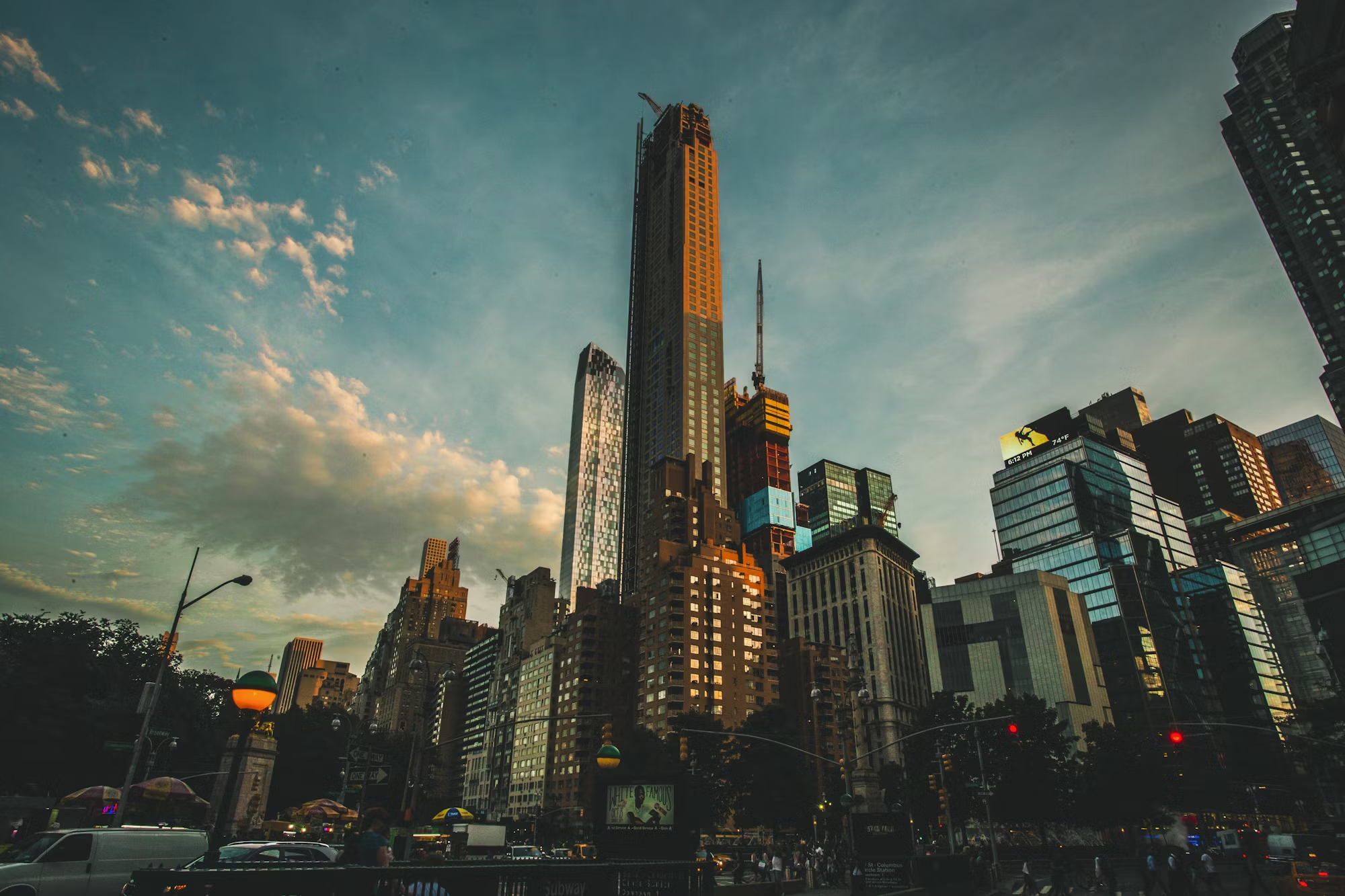In recent years, the concept of sustainability has gained significant traction in urban development, particularly in the realm of skyscraper construction. These towering structures, once solely symbols of architectural ambition, are now being designed with a focus on environmental responsibility and energy efficiency. As cities continue to grapple with rapid urbanization, sustainable skyscrapers offer a viable solution to housing and commercial space needs while minimizing ecological footprints. This article explores the economic impact of sustainable skyscrapers, analyzing their benefits for urban environments and the financial opportunities they present for investors.
Sustainable skyscrapers integrate eco-friendly technologies and materials, aiming to reduce energy consumption and promote environmental stewardship. Features such as green roofs, solar panels, and rainwater harvesting systems are becoming standard in modern high-rise designs. This shift towards sustainability is driven not only by regulatory pressures but also by a growing awareness among consumers and investors about the importance of environmental responsibility.
The economic benefits of sustainable skyscrapers are multifaceted. First and foremost, these buildings often achieve significant cost savings through energy efficiency. By reducing utility costs, developers can enhance their profit margins while providing tenants with more affordable leasing options. Additionally, sustainable buildings typically command higher rental rates, as modern tenants increasingly seek out environmentally friendly spaces. Research has shown that properties with green certifications can achieve rent premiums, making them more appealing to investors looking to maximize returns.
Moreover, the construction of sustainable skyscrapers can stimulate local economies. The demand for green building materials and technologies has led to the emergence of new markets and job opportunities within the construction sector. Local suppliers and manufacturers benefit from the increased demand for sustainable products, creating a ripple effect throughout the community. Furthermore, sustainable skyscrapers often contribute to the revitalization of urban areas, attracting businesses and residents alike.
Sustainable skyscrapers also play a crucial role in enhancing the quality of life for urban residents. By incorporating green spaces, communal areas, and facilities that promote wellness, these buildings contribute to a healthier urban environment. Access to natural light, air quality improvements, and recreational areas within these structures positively impact residents’ mental and physical well-being. This focus on wellness is increasingly important, as cities strive to create vibrant, livable environments that attract and retain residents.
As cities recognize the long-term economic benefits of sustainable skyscrapers, many are adopting policies that encourage green building practices. Incentives such as tax breaks, zoning allowances, and grants are being offered to developers who commit to sustainable construction. These policies not only promote environmental stewardship but also foster economic growth by attracting investments in green technologies.
Investors are also becoming more interested in sustainable skyscrapers as they align with broader trends in socially responsible investing (SRI). SRI strategies focus on generating financial returns while making a positive impact on society and the environment. As awareness of climate change and sustainability issues increases, investors are seeking out opportunities that reflect their values. Sustainable skyscrapers provide a unique investment avenue that caters to this demand, allowing investors to participate in the green economy while achieving financial success.
The rise of sustainable skyscrapers has also sparked innovations in building technology and design. Developers are increasingly exploring modular construction techniques, which allow for faster and more efficient building processes. This method reduces waste and minimizes the environmental impact of construction activities. As these technologies become more mainstream, the cost of constructing sustainable skyscrapers is expected to decrease, further enhancing their financial attractiveness.
Furthermore, sustainable skyscrapers often incorporate advanced smart building technologies, enhancing operational efficiency and tenant comfort. These features, such as automated lighting systems, climate controls, and energy monitoring tools, can significantly reduce operational costs. As more buildings adopt these technologies, the overall market for sustainable real estate is likely to expand, creating additional investment opportunities for stakeholders.
The global landscape for skyscrapers is evolving, with cities increasingly embracing sustainability as a core principle in urban development. As populations continue to grow and environmental concerns become more pressing, the demand for sustainable buildings will only increase. Cities that prioritize sustainable skyscraper development will not only enhance their attractiveness to businesses and residents but also position themselves as leaders in the green economy.
In summary, sustainable skyscrapers are redefining urban landscapes and presenting new financial opportunities for investors and developers alike. By integrating eco-friendly technologies and materials, these buildings offer significant economic benefits while promoting environmental stewardship. As cities implement policies that support green building practices and investors seek socially responsible investment avenues, the future of skyscraper development is set to be increasingly sustainable. The transition towards sustainable skyscrapers represents a significant step forward in creating vibrant, livable cities that thrive economically while prioritizing the health of our planet.
